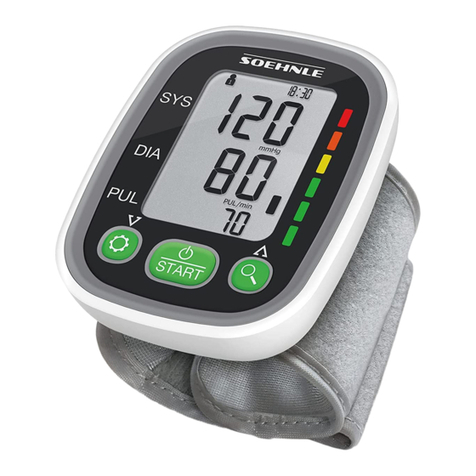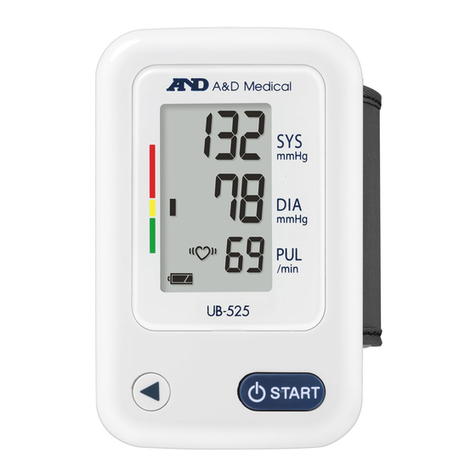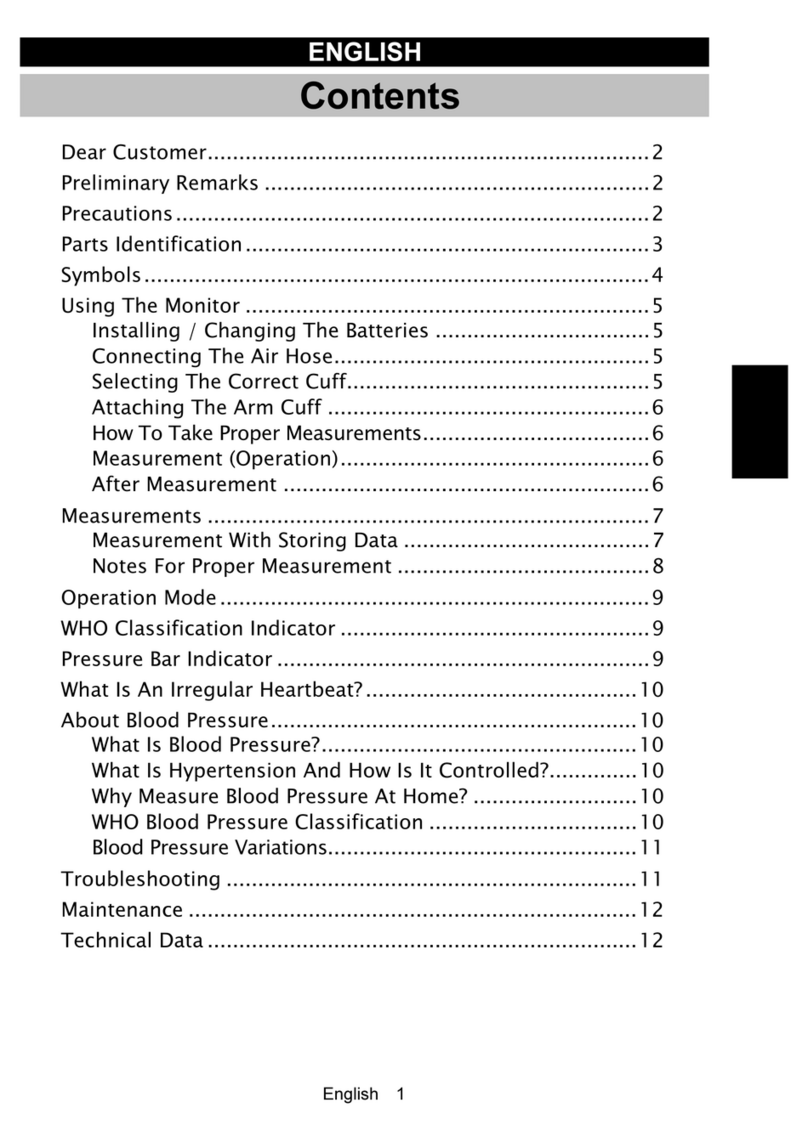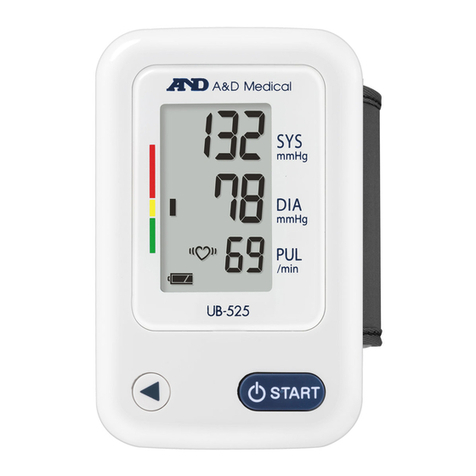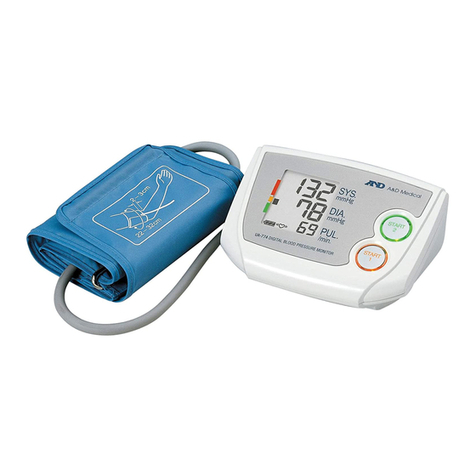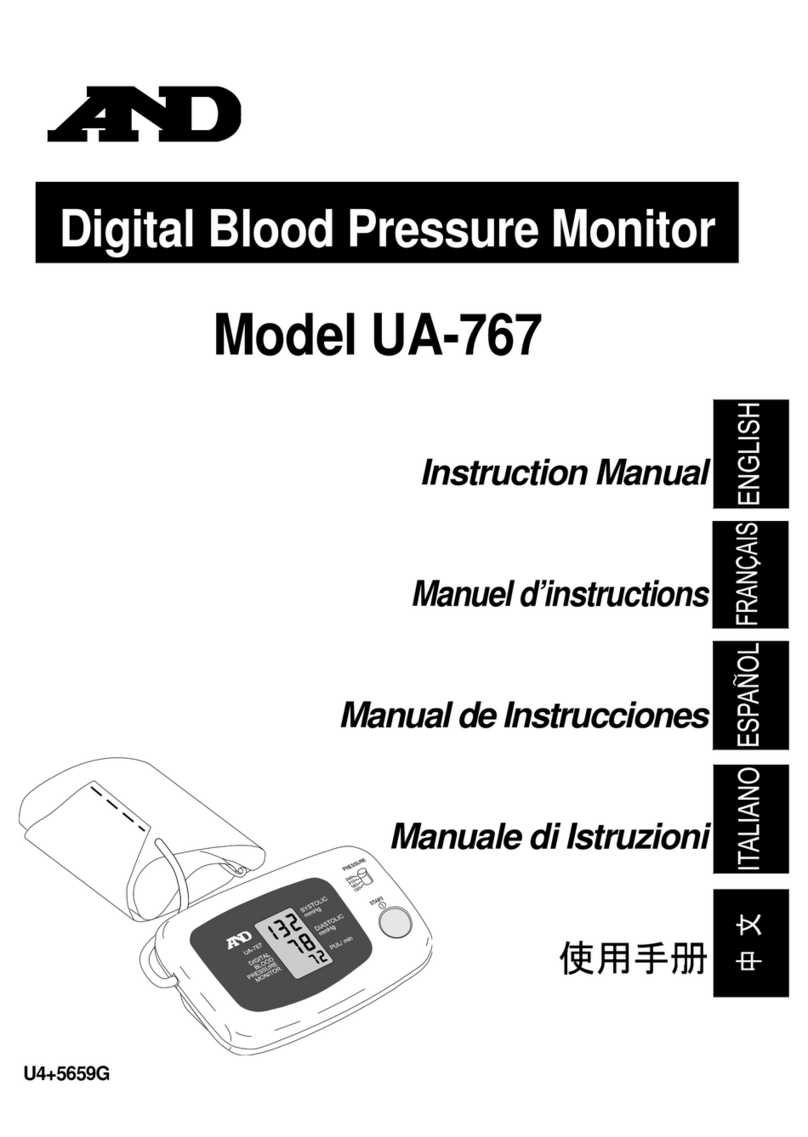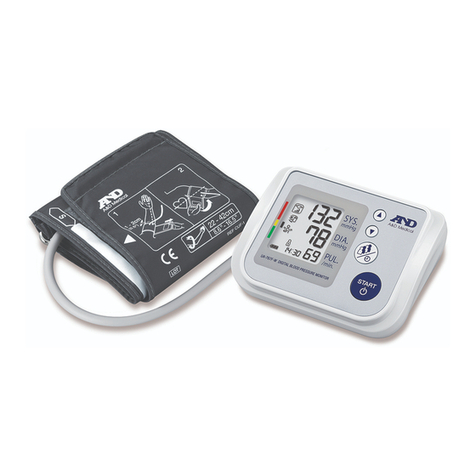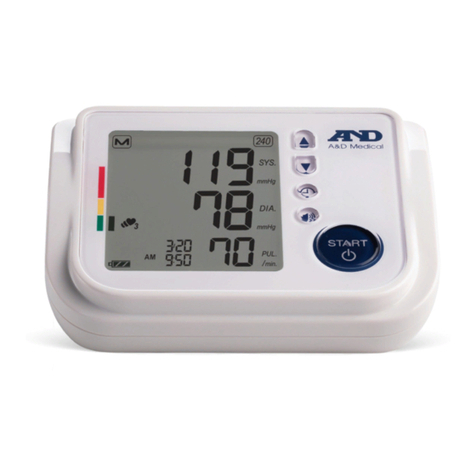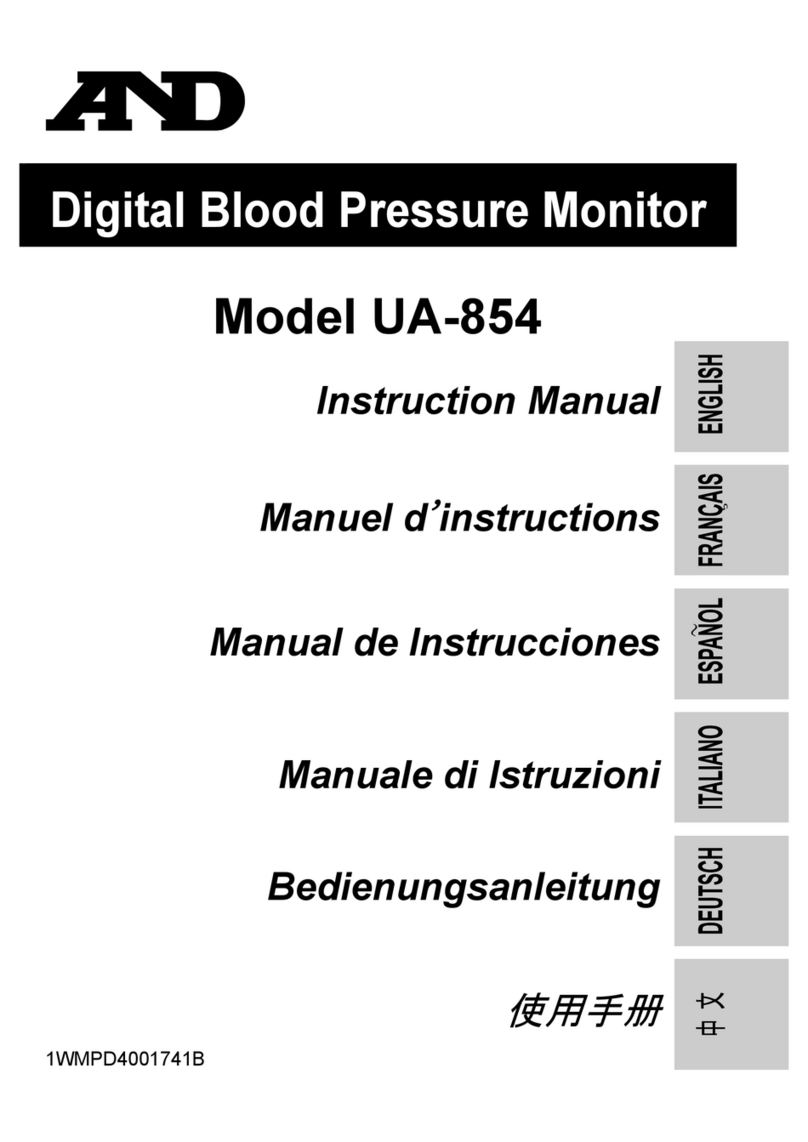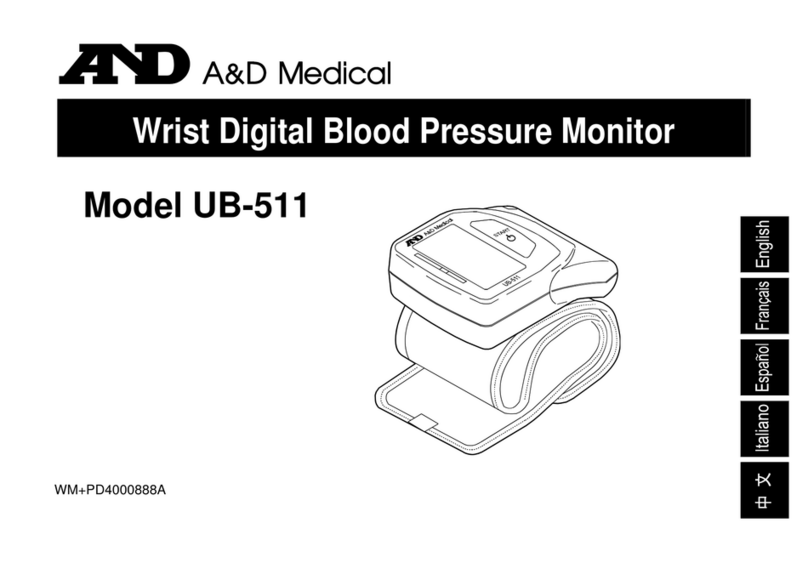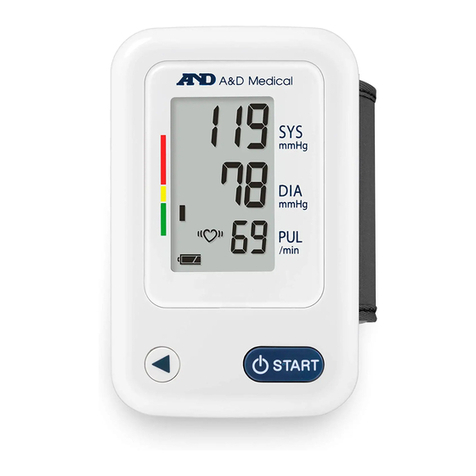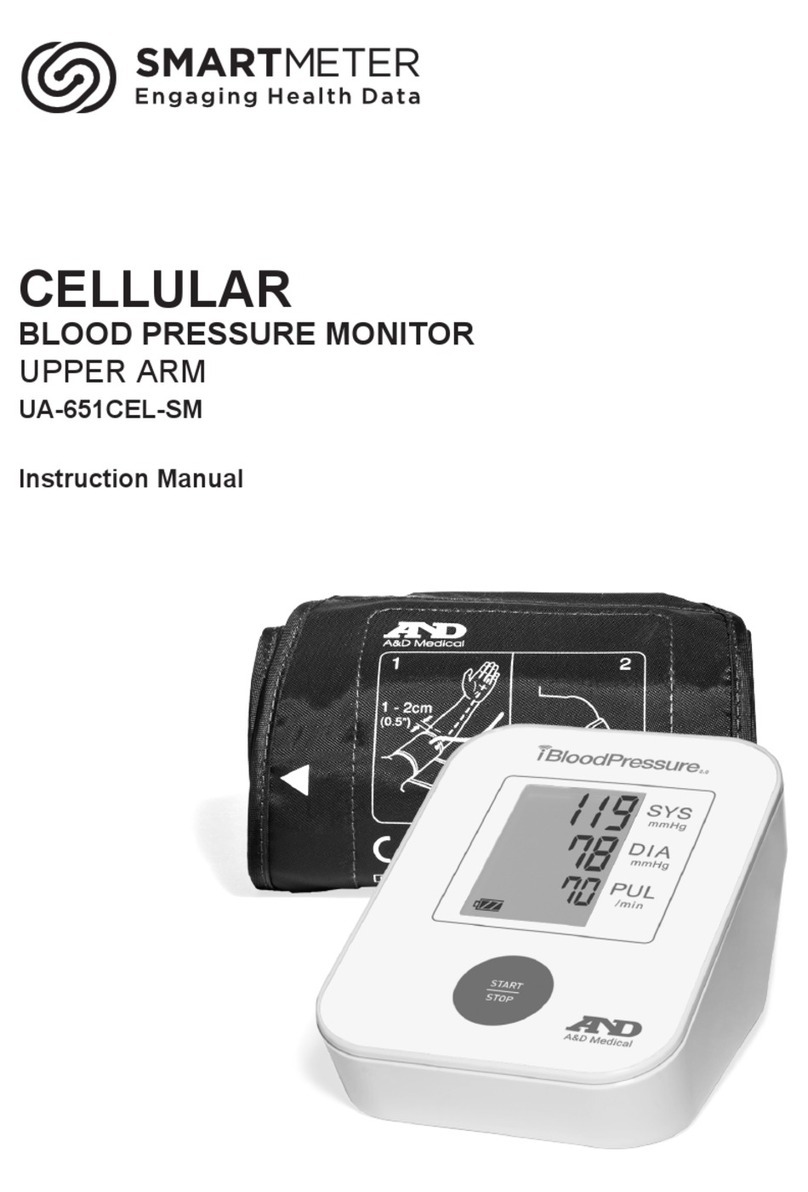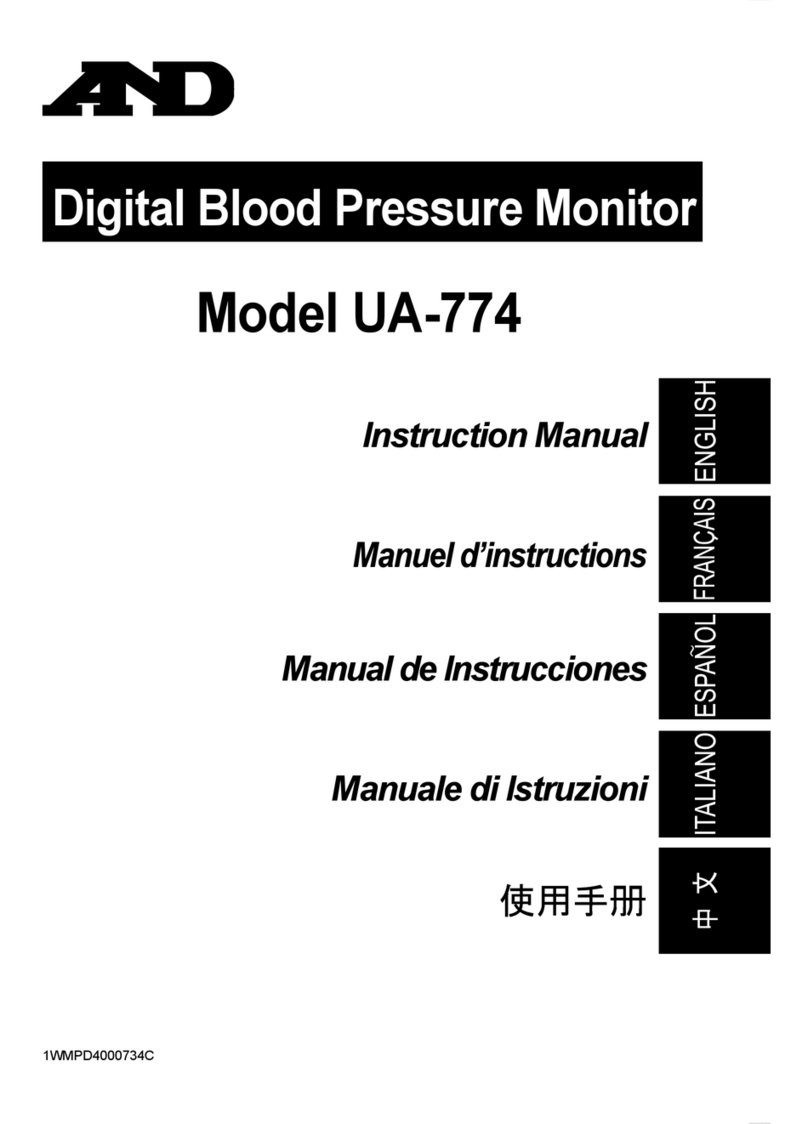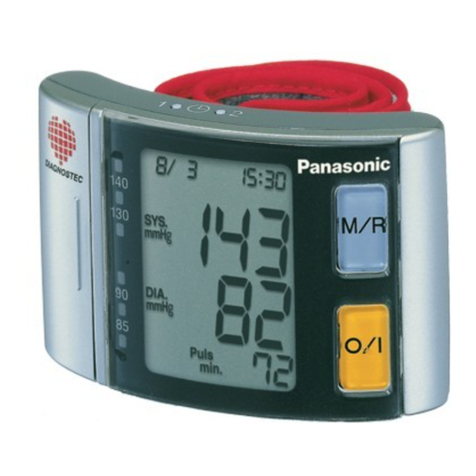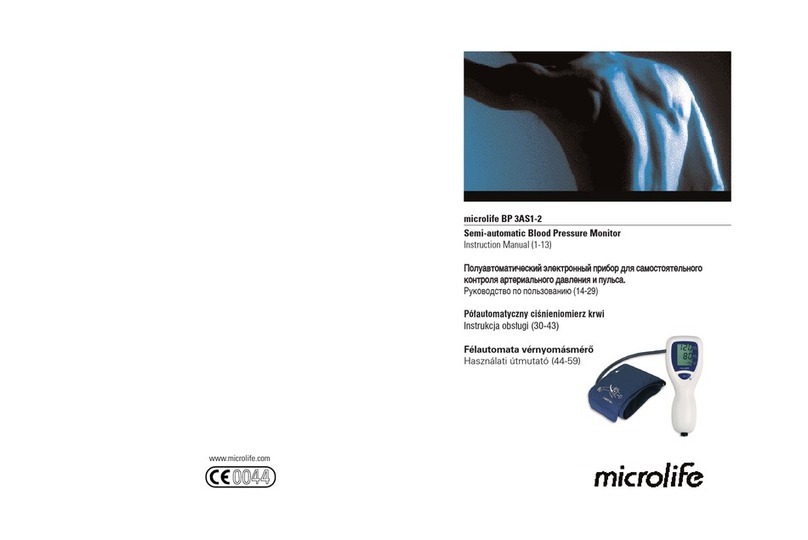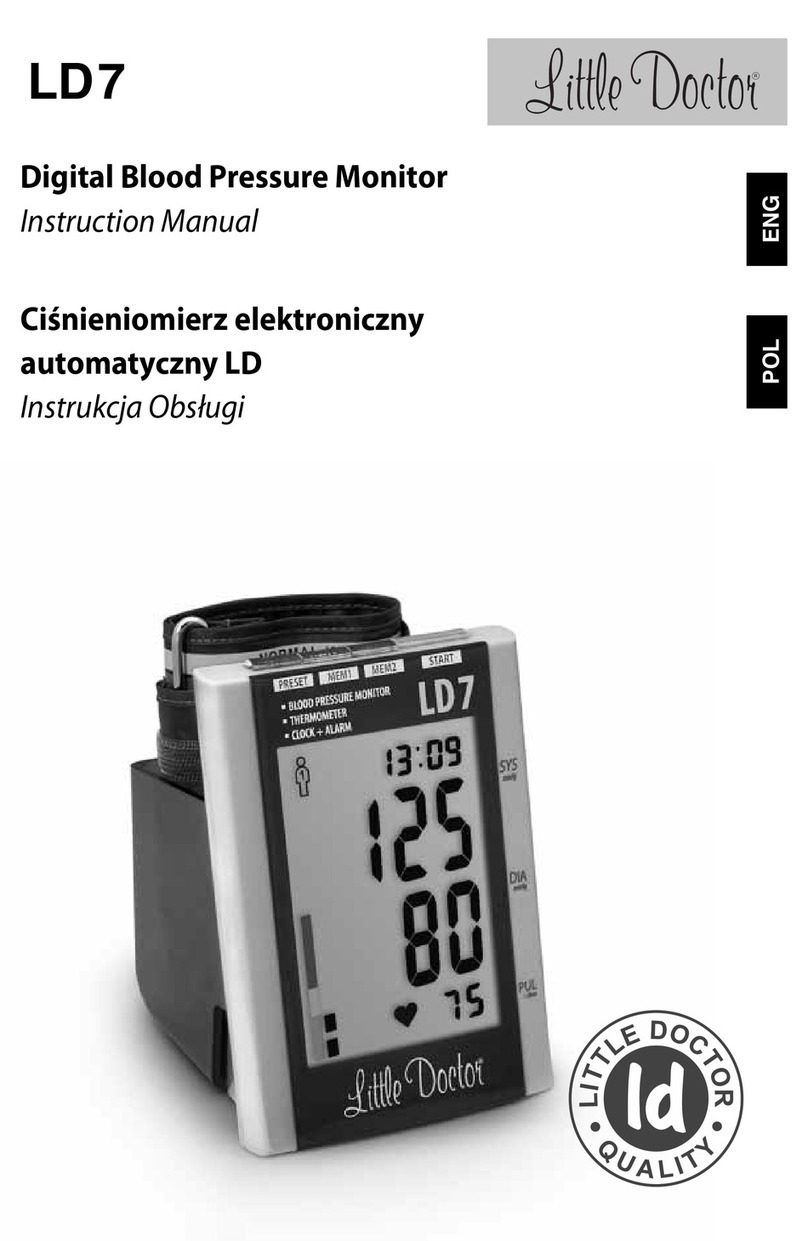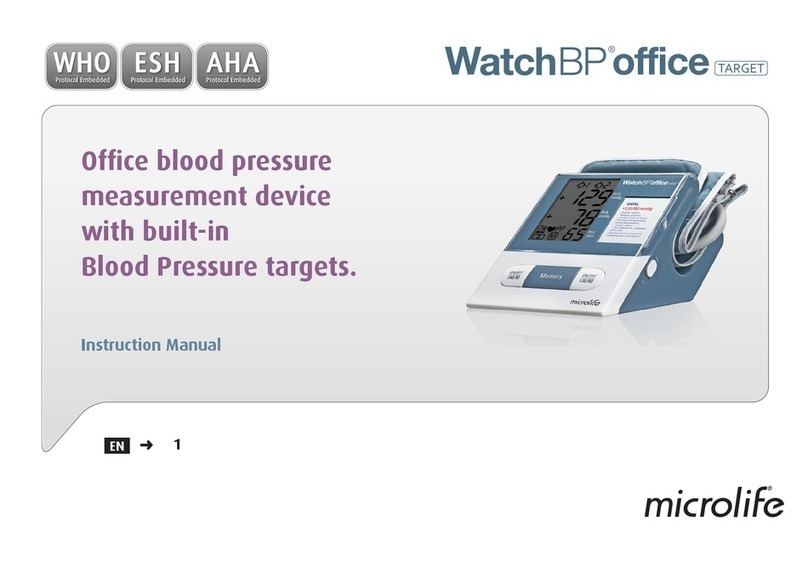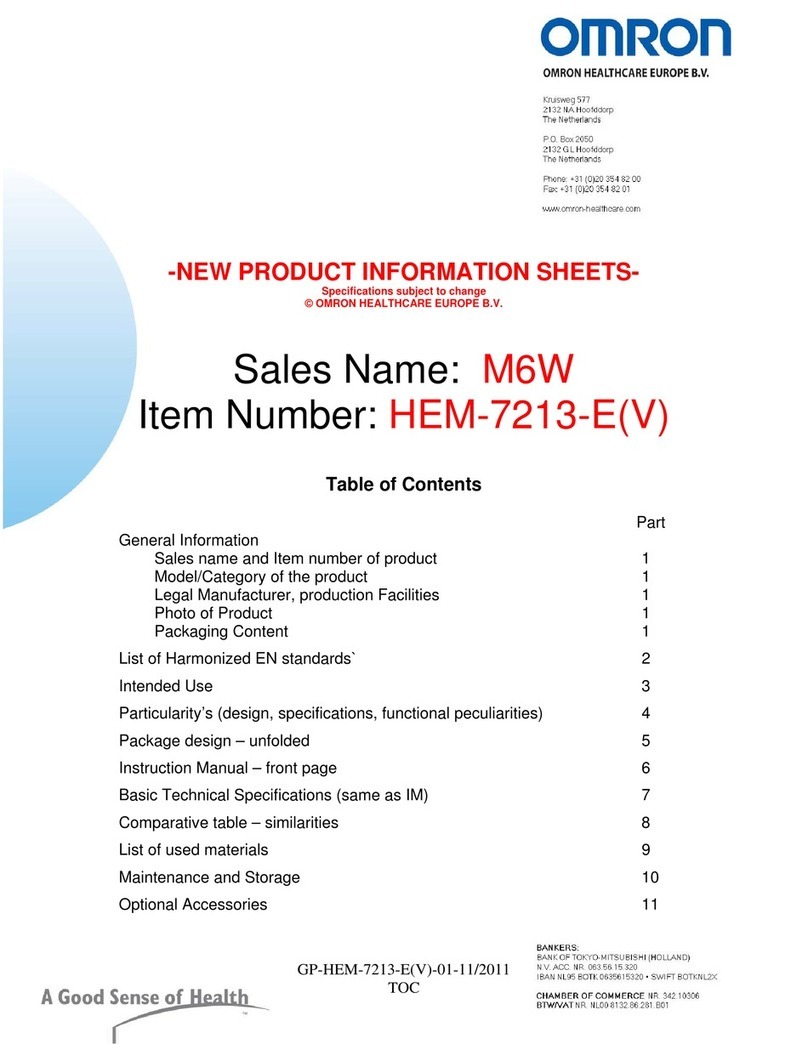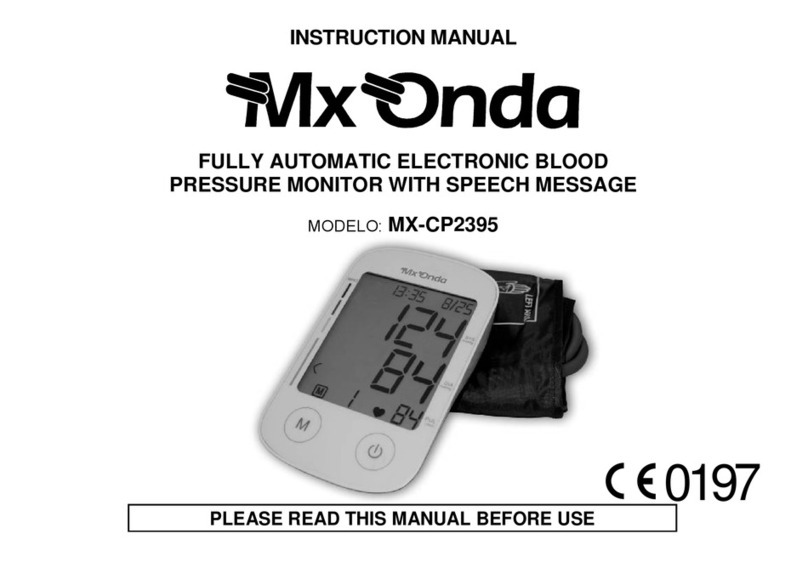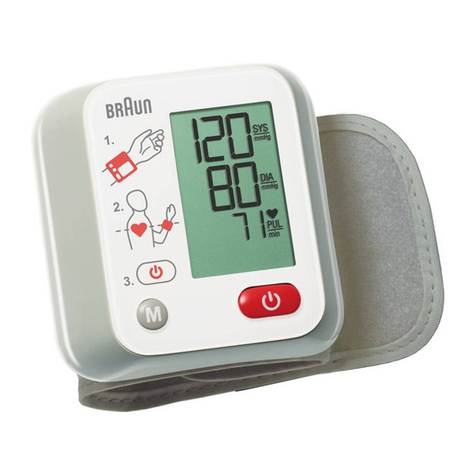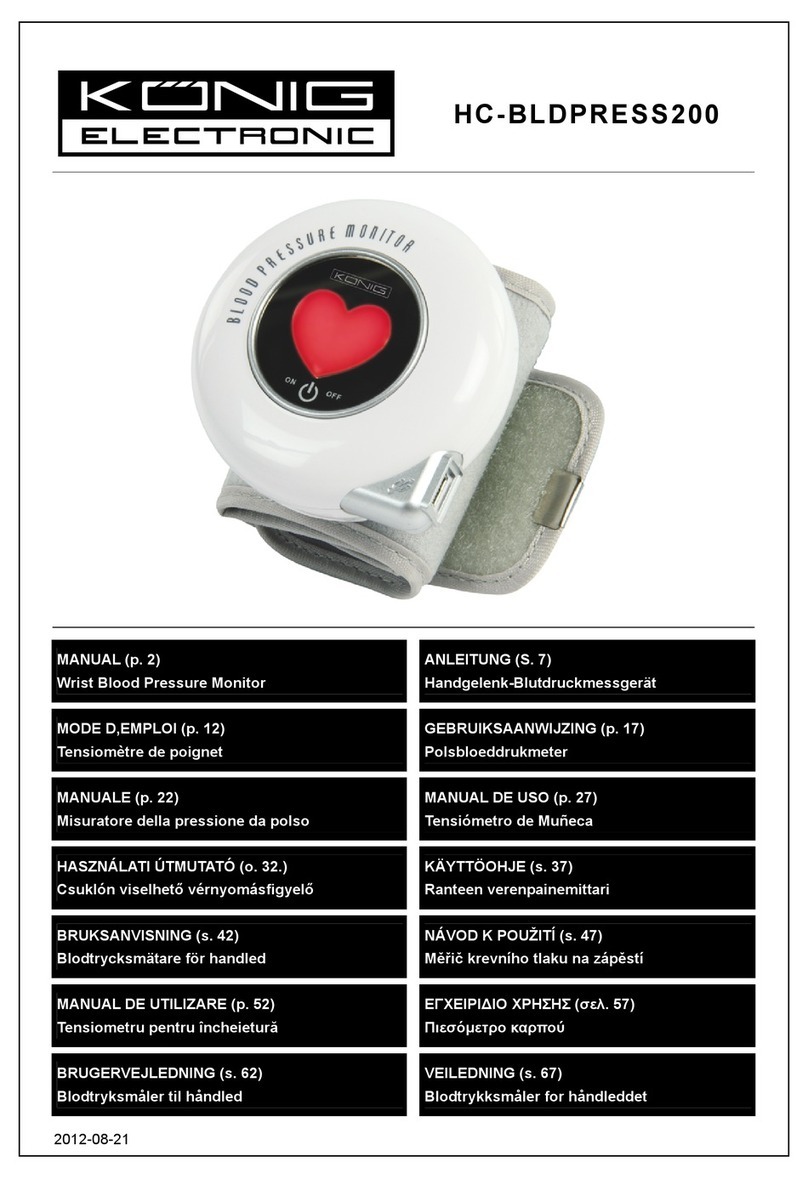English 1
Contents
Dear Customers.................................................................... 2
Preliminary Remarks ............................................................. 2
Precautions........................................................................... 2
Parts Identification................................................................ 3
Symbols................................................................................ 4
Operation Mode.................................................................... 5
Using The Monitor ................................................................ 6
Installing / Changing The Batteries .................................. 6
Connecting The Air Hose ................................................. 6
Connecting The AC Adapter ............................................. 6
Adjusting The Built-in Clock............................................. 7
Setting Three Reminders.................................................. 7
Alarm ON/OFF Mark On The Display ................................ 8
Attaching The Arm Cuff ................................................... 8
How To Take Proper Measurements ................................. 8
Measurement................................................................... 8
After Measurement .......................................................... 8
Measurements ...................................................................... 9
Normal Measurement....................................................... 9
Measurement With The Desired Systolic Pressure ........... 10
Notes For Proper Measurement ...................................... 10
Recalling Memory Data ....................................................... 11
Clearing the memory data.............................................. 11
Recalling Memory Data ....................................................... 12
What Is An Irregular Heartbeat ............................................ 13
Pressure Bar Indicator ......................................................... 13
WHO Classification Indicator ............................................... 13
About Blood Pressure.......................................................... 14
What Is Blood Pressure? ................................................. 14
What Is Hypertension And How Is It Controlled? ............. 14
Why Measure Blood Pressure At Home? .......................... 14
WHO Blood Pressure Classification ................................. 14
Blood Pressure Variations............................................... 14
Troubleshooting ................................................................. 15
Maintenance ....................................................................... 16
Technical Data.................................................................... 16

